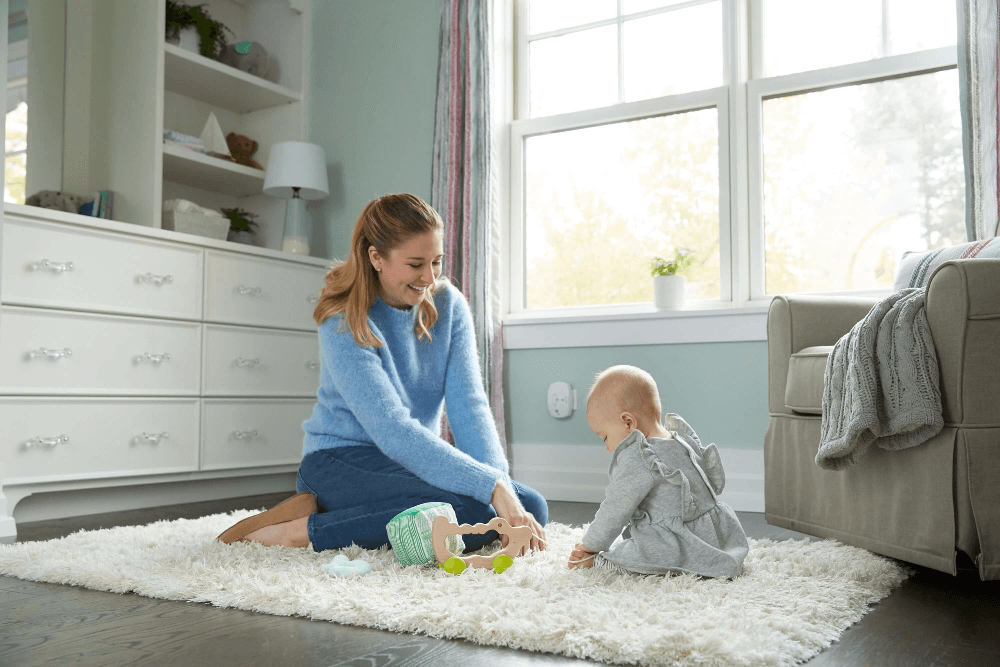Fire Safety Tips for At-Risk Groups

Certain groups of people are more at-risk of being affected by a fire than others. The most vulnerable groups of people include adults 65 or older, children under the age of five and people with disabilities. It is important to acknowledge the increased risk for these groups and plan accordingly to help keep them safe.
Fire Safety for Older Adults and Those with Disabilities
Adults 65 and older, and people with disabilities may not be able to quickly escape in the event of an emergency due to reduced mobility.
- Those with mobility issues should sleep on the ground floor of the house to make escaping easier.
- Make sure that there is a designated helper in the event of a fire emergency to assist them out of the house.
- Install vibration pads and strobe smoke alarms for those who have hearing impairments.
- Check that windows in the home are easy to open and keep a phone in the room in case someone was to get trapped.
Fire Safety for Younger Children
If you have children who are five years old or younger, you’ll want to educate them about fire safety early. This will help reduce the risk that they play with potentially dangerous items such as lighters, matches or outlets.
- It is also important to teach them what to do in the event of an emergency. Show them the sound of your smoke alarms so they are not afraid of the noise. Practice your family's escape plan so they know how to escape when the alarms go off.
- Designated an adult to assist young children out of the house in the event of an emergency. For children, it is helpful to draw a map of your home with exits and your families meeting spot to help them remember.
Help protect your loved ones by preparing an escape plan in the event of an emergency and ensure you have the necessary safety equipment installed in your home. All homes should have smoke and carbon monoxide (CO) alarms on every level of the home, as well as outside of each sleeping area and in every bedroom. You should also develop an emergency escape plan with your family and practice it twice a year. Evaluate every room in your house and identify two different exits out of each room. If you have a multi-story home, consider keeping an emergency escape ladder in the bedrooms. Lastly, create a designated meeting spot a safe distance from your home, such as the mailbox or a neighbor’s house. Remember, call 9-1-1 once you have safety exited your home and never go back inside. Education is the key to keeping high risk groups safe in the event of an emergency.